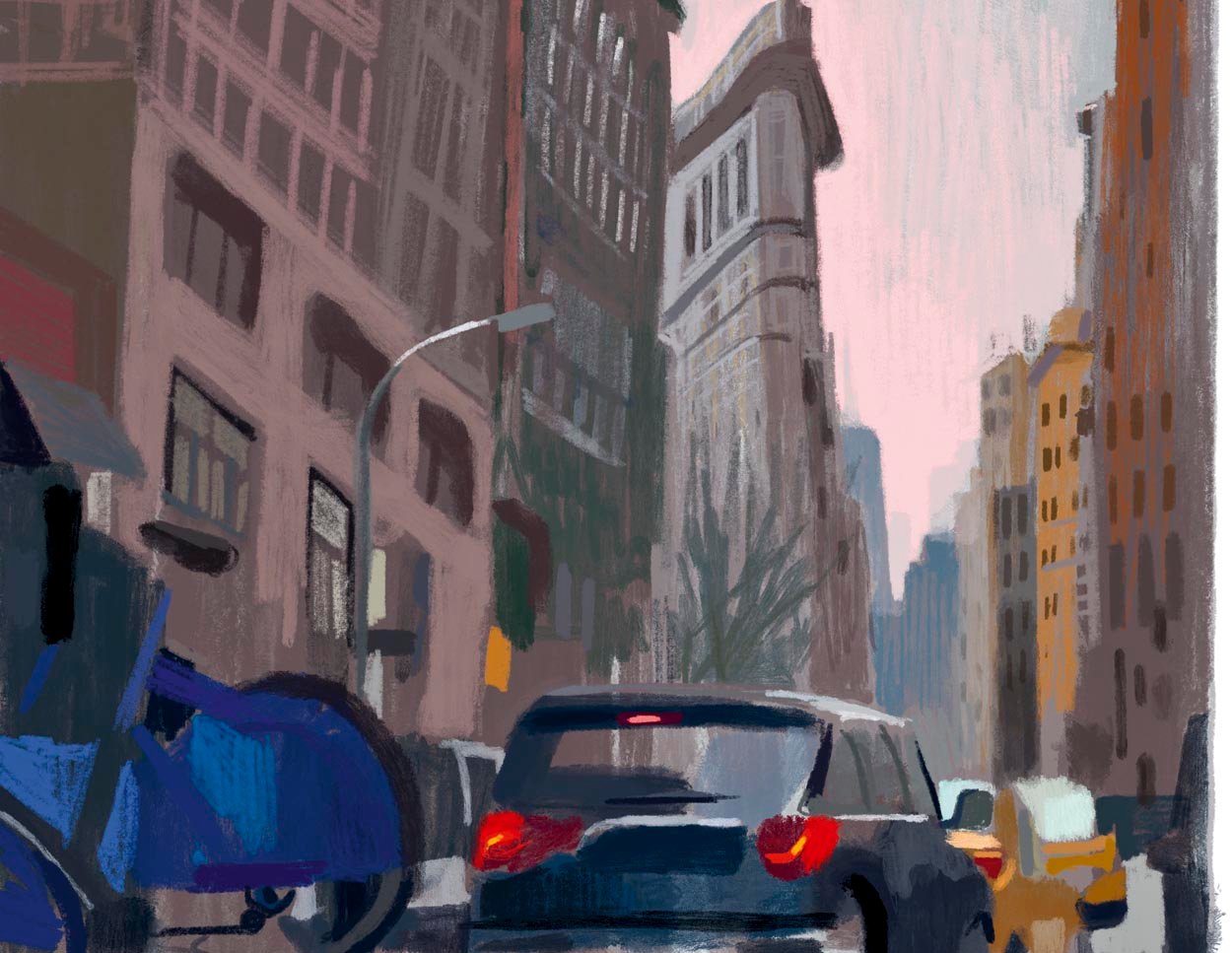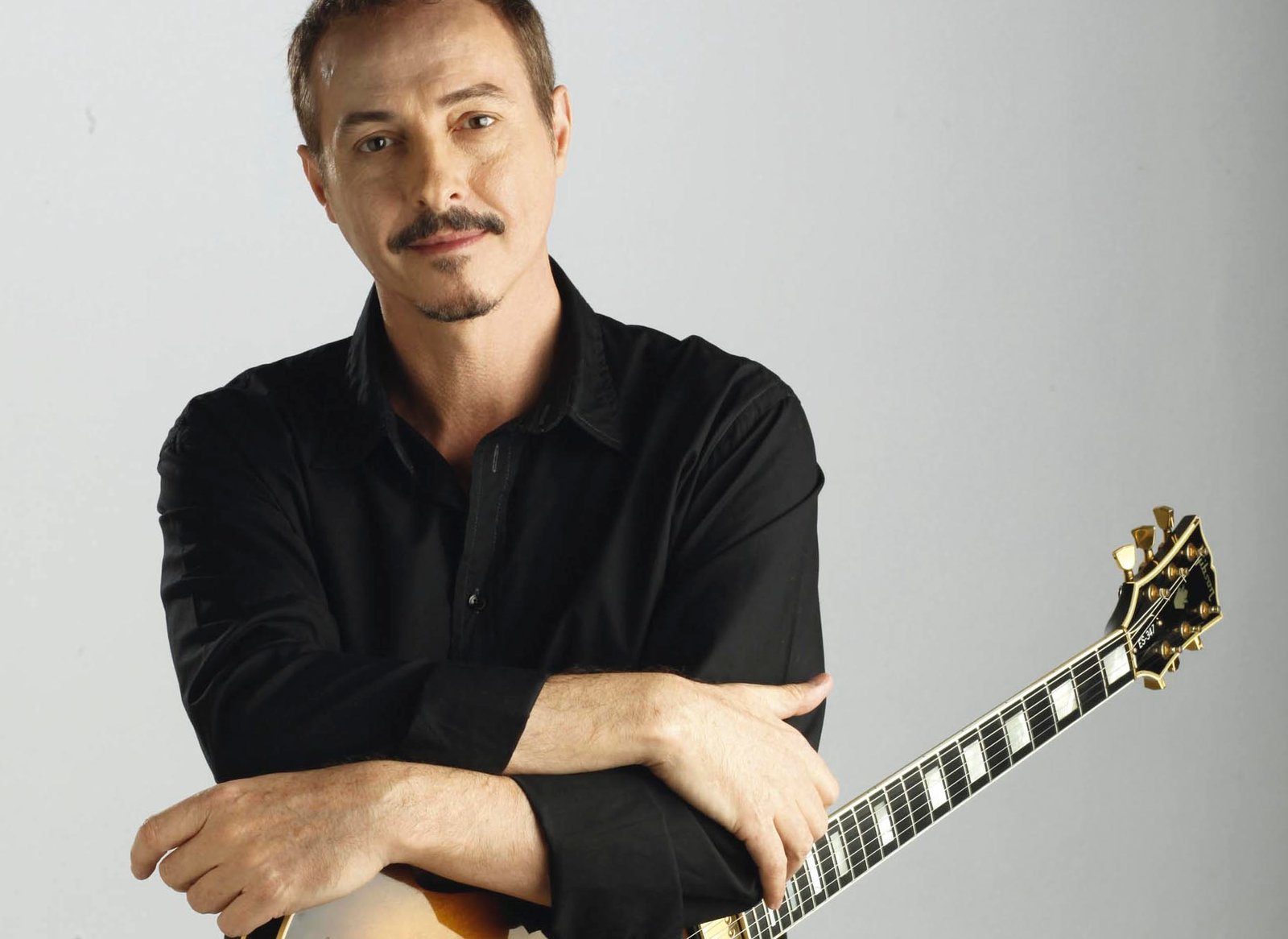
Ana Endara The Joy of Sound
By Roberto Quintero
Photos: Roberto Quintero, Courtesy of Mansa Productora
The idea was like a spark in the middle of the night. Panamanian filmmaker Ana Endara needed to film again: “My body was telling me to do it.” But she had no subject or story. Around the same time, there was a call for work for the fifth DOCTV Latinoamérica, a program that emerged ten years ago to encourage the production and dissemination of Latin American documentaries. For the first time —it must have been fate— the program suggested a topic to applicants: happiness. “I took it as a clear sign. I was already writing a lot. I had been writing all the time, but even though I had nothing particular in mind, I was wondering what kind of film I could make and I started to play with the idea.”
As she searched for a topic, she happened upon a broken heart and a pair of high-fidelity speakers. Mir Rodríguez, one her best friends, was going through a breakup and he decided to buy some good speakers to listen to music at full volume and drown his sorrows. One day she went to his house to visit and listen to music. “He was in one hammock and I was in another. He told me the story of how he had come to buy the speakers: he found them on the Internet and went to pick them up at the house of an audiophile. Then we started talking about audiophiles, those people who are obsessed with sound fidelity; they don’t care what they’re listening to as long as it sounds good. He told me that this audiophile sold him the speakers because he needed money to buy better ones. It then struck me that Mir bought the speakers to heal a broken heart. And that’s when the phrase ‘The joy of sound’ came to me.”

What began as an eureka moment quickly turned into a film project. Ana began to delve into the topic to find her characters and she recruited producer Isabella Gálvez to put the project together. They applied to the film fund and then waited. In October 2015, the jury chose The Joy of Sound as the winning Panamanian project for DOCTV Latinoamérica, awarding 70,000 dollars to put toward making the documentary and providing an opportunity for the film to be seen in more than seventeen countries in the region via the television stations participating in the program. This was the beginning of the adventure.
What is the movie about?
The documentary is peopled with characters who are passionate about or have strong or unusual relationships with sound in some way. The sixty-minute film introduces us to five main figures: Mir Rodríguez, the broken-hearted man, who wants to set up a community radio station in a town called Tucué; Eduardo Irving, a musician who develops an unusual kind of musical activism and goes through the streets of Panama playing classical music for people; Magdalena Solano, a blind woman chosen by a National Union of the Blind casting call; and audiophile Derek Irving and sound engineer and musician Ingmar Herrera, who put forth their theories of sound and are in a way the “philosophers” of the film.
Why did you want to include a blind person in the film?
First I thought about a deaf person. And then I thought about a person for whom sound is an absolute sense. That is Magdalena’s role: she is the sensory element in the film. She does not talk about sound; she simply says “the sun rose” and you react. When I see that scene, I react, I’m moved. It’s her way of inhabiting the space.
How did you learn about the technical aspects of making a movie about sound?
José Tuñón, our sound engineer, had many gadgets and we were always conscious of anything that emitted sound wherever we were recording. We tried to make “preliminary sound blueprints,” as I called them. We tried to reconstruct sound environments, which are generally seen as one-dimensional, but we went deeper into the details. Listening anchors you to the present. It makes you pay attention to everything around you.

What kind of relationship did you have with sound before the movie?
It’s curious. I live on Cerro Ancón [the highest part of Panama City] and I often climb the hill. I do this several times a week. I realized that Cerro Ancón taught me to listen. It is a quiet place, but you are also ascending and physically distancing yourself from the city. You go around the first curve and you hear a lot of noise from the El Chorrillo neighborhood, like school bands practicing or car horns. As you climb higher and higher, all that gets left behind. Then you start discovering other sounds, such as an agouti scrabbling about. I realized that this was good for me. It was a physical route that took me from one sound space to another and that made me pay careful attention to what was happening at each moment. It taught me to be there in the moment. I think there is something almost meditative about listening. It anchors you to the present; if you are really paying attention to the sound, you are in the here and now and you’re not thinking about what will happen or what has happened.
A Well-Oiled Machine
For producer Isabella Gálvez, who has already made two documentaries for DOCTV, the big challenge of The Joy of Sound was not having everything under control before beginning to film. “We left a space for people to fill and we discovered what they were like as we went along. We knew them from pre-production, of course, but during filming we discovered other aspects that added new locations and more days of filming. At another time, this could have been chaos for me because of the location permits, but this time it felt different, simply because of the nature of the project. This also led us to new topics that ended up in the film, such as loneliness and silence.” For the Panamanian producer, having financial support makes all the difference when undertaking a production. “We often make documentaries in which we have to follow up on people, and since normally we have no funds, we spend years on a project and people get discouraged along the way. This is why DOCTV is a wonderful program for the region. It gives each country sufficient funds to make a documentary, but it also requires you to complete the project by a certain date. And then the documentary is not just archived, but distributed to many countries.”

“It was filmed in the very short period of four weeks. And it was a delight. We were a well-oiled machine and I think you can see that; it makes the film a bit more organic,” concludes director Ana Endara, who feels she was fortunate to have a top-notch technical team that meshed well. “The film was made by all of them. I think the technical team is the major player in this film. This is my third full-length feature and you begin to understand what it means to learn from each experience; the technical team really hit the mark.”
For further information visit:
www.lafelicidaddelsonido.com
www.doctvlatinoamerica.org



